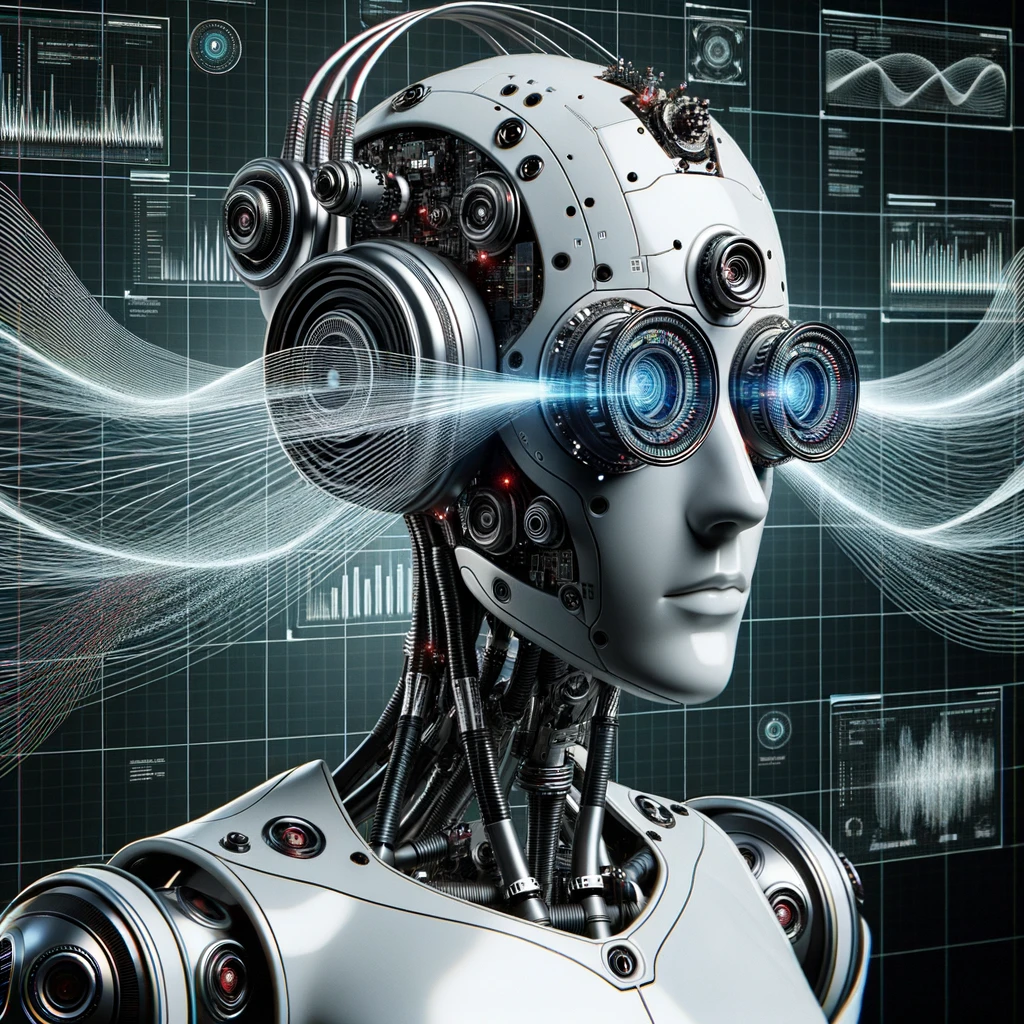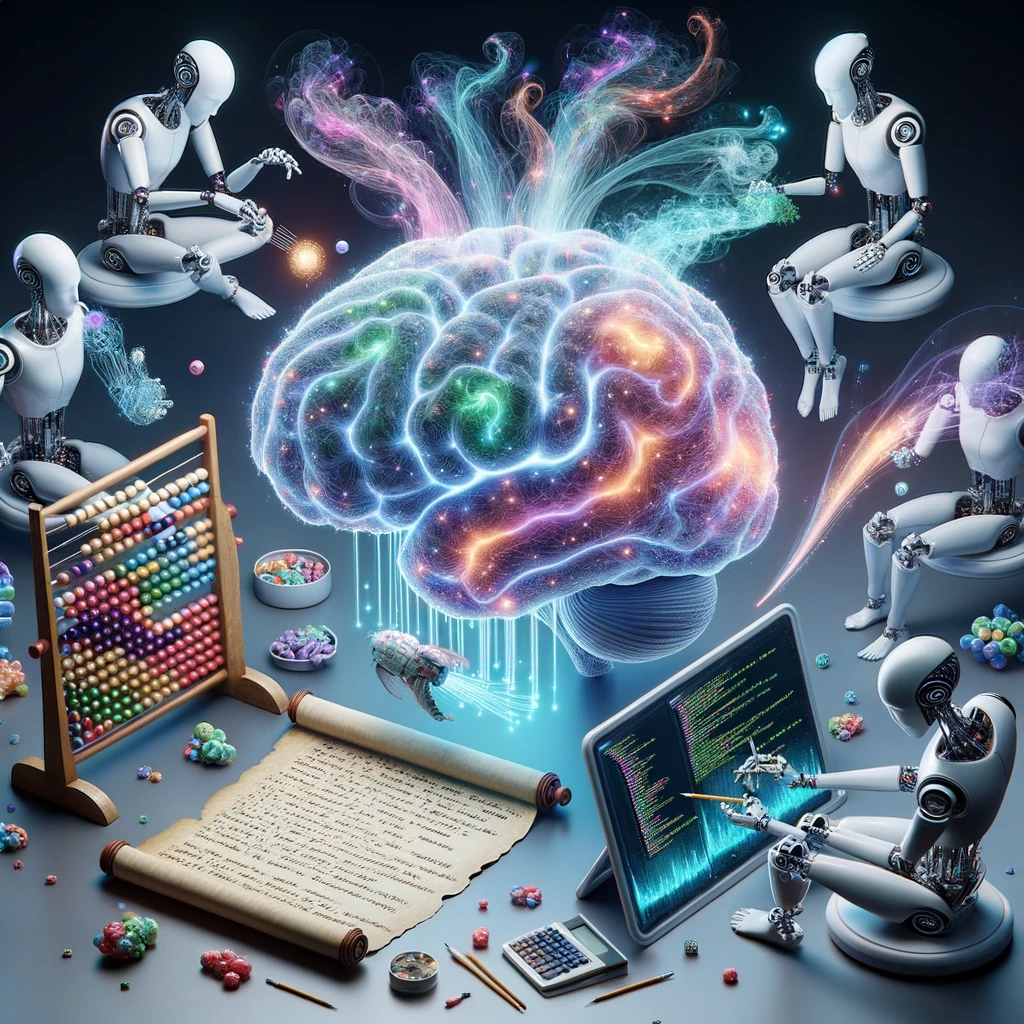Introduction
Google’s recent unveiling of Pathways marks a substantial stride in the realm of artificial intelligence. This initiative presents a new approach to large language models, aiming to transcend the prevailing limitations inherent in current AI systems. Pathways is meticulously engineered to inaugurate a new era of multitasking capabilities within AI models, thereby enabling a singular model to adeptly manage a multitude of tasks simultaneously. This pioneering venture by Google AI not only exemplifies a promising pathway towards more efficient and potent AI systems, but it also consequently lays the foundation for a broader vision in the artificial intelligence landscape. Through this article, we delve into the core facets of Pathways, exploring its potential in revolutionizing the AI domain.
Multitasking Capabilities of Pathways AI
- Pathways is meticulously designed to mitigate the prevailing over-specialization issue. By doing so, it enables a single AI model to proficiently handle numerous tasks simultaneously. Moreover, it empowers the model to swiftly learn and adapt to new tasks.1.
- This next-generation AI architecture is anticipated to train a single model to perform thousands or even millions of tasks, contrasting sharply with current AI models which are usually trained to execute just one task34.
Learning Efficiency by Pathways AI
- The architecture aims to enhance learning efficiency by allowing the model to build upon and combine its existing skills to learn new tasks faster and more effectively, similar to how humans approach new tasks4.
- Contrary to existing models which commence from scratch for each new dilemma, Pathways aims to seamlessly carry over acquired knowledge from one task to the subsequent one. Consequently, this diminishes the necessity for extensive data and a considerable amount of time to master each new task.4.
Generalization Across Tasks by Pathways AI
- Pathways aims to enable the model to have different capabilities that can be called upon as needed, and stitched together to perform new, more complex tasks, somewhat closer to how the mammalian brain generalizes across tasks4.
- The initiative is a stride towards advancing from single-purpose models to more general-purpose intelligent systems that reflect a deeper understanding of different types of data and the world5.
Transition to Multisensory Models with Pathways AI

Broader Vision Towards Generalized AI with Pathways

Key Takeaways
- Summarization of the core points discussed in the blog post.
FAQ
- What sets Pathways apart from existing AI models?
A: Pathways is designed to handle multiple tasks simultaneously with a single model, unlike existing AI models that are typically specialized for individual tasks. Additionally, it aims to learn new tasks quickly, generalize across a variety of tasks, and transition towards multisensory models, setting a foundation for more efficient and powerful AI systems. - How does Pathways improve learning efficiency?
A: Pathways improves learning efficiency by enabling a model to build upon and combine its existing skills to learn new tasks faster and more effectively, rather than starting from scratch for each new task. This approach reduces the data and time required to learn each new task, making the learning process more efficient. - What are the potential impacts of multisensory models?
A: Multisensory models, like those envisioned in Pathways, have the potential to process multiple types of inputs simultaneously, akin to how humans use multiple senses to perceive the world. This can lead to more robust and versatile AI systems capable of better understanding and interacting with the complex, multifaceted real world, thereby broadening the scope and applicability of AI in various domains. - How does Pathways contribute to the broader vision of AI?
A: Pathways contributes to the broader vision of AI by aiming to transition from single-purpose models to more general-purpose systems that can handle and generalize across a multitude of tasks. This initiative mirrors a step towards creating AI that has a better understanding of the world, which is essential for the development of more efficient, powerful, and generalized AI systems.
Conclusion
- Reflection on the significance of Pathways in the AI landscape.
- Anticipation of the future advancements and the potential transformation in AI capabilities.

